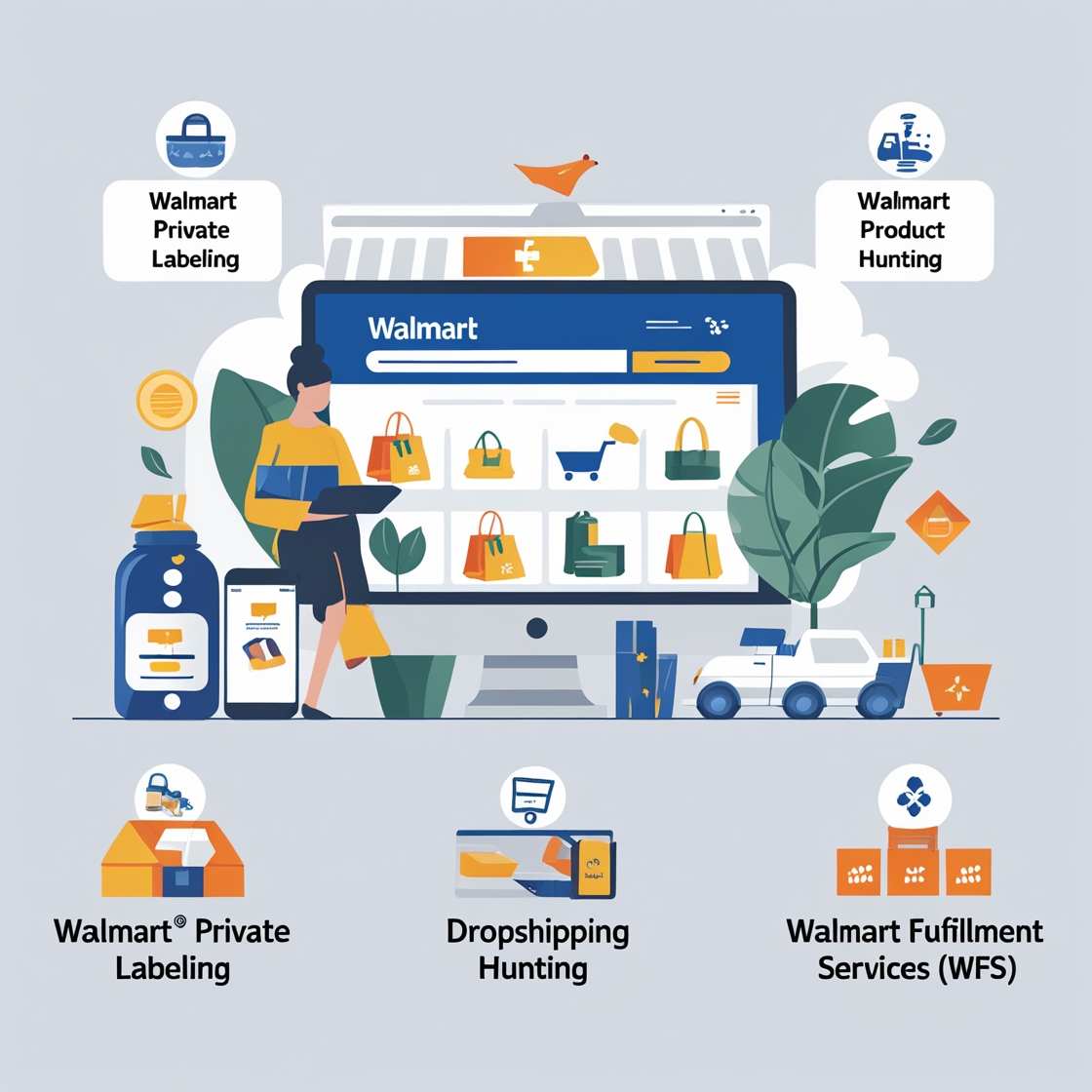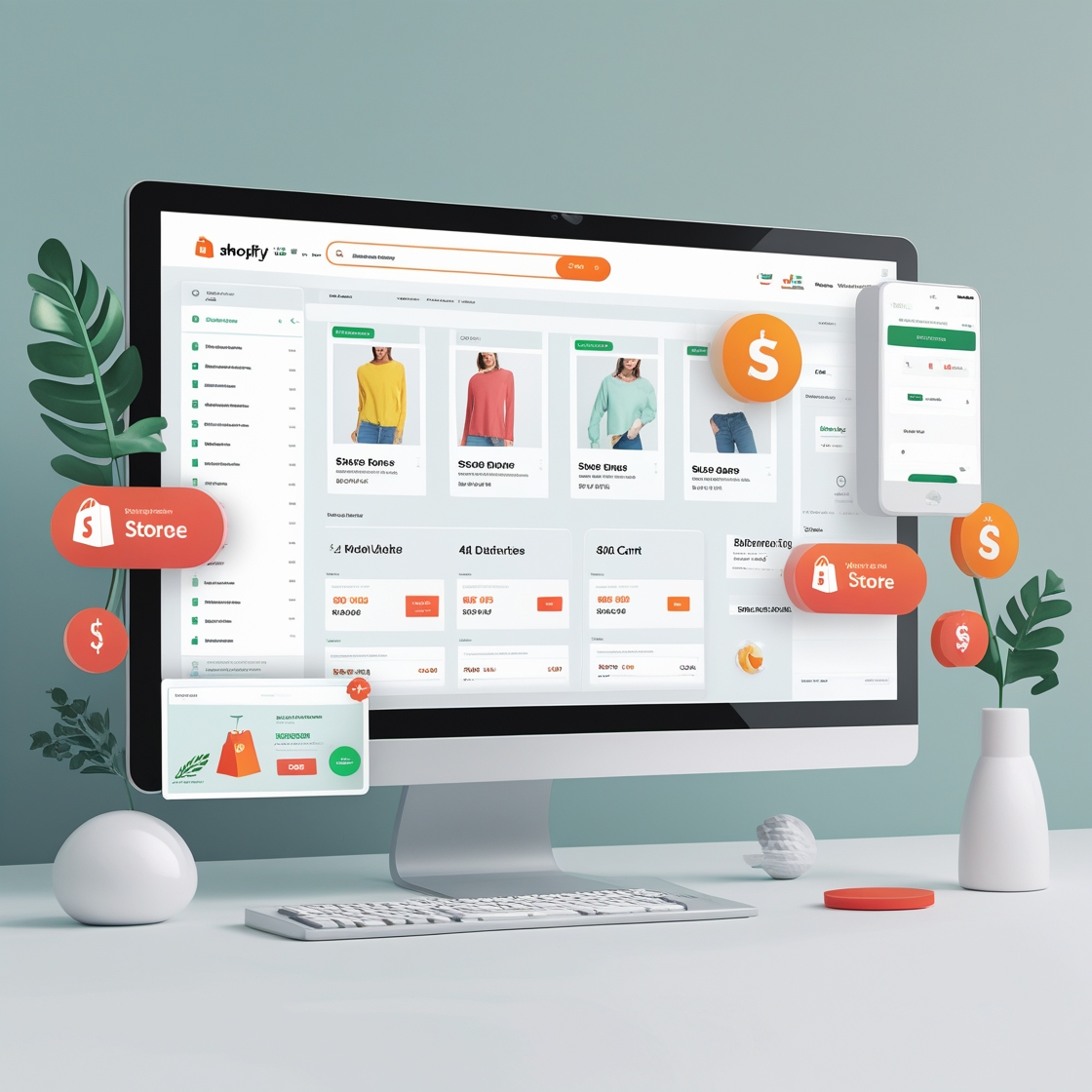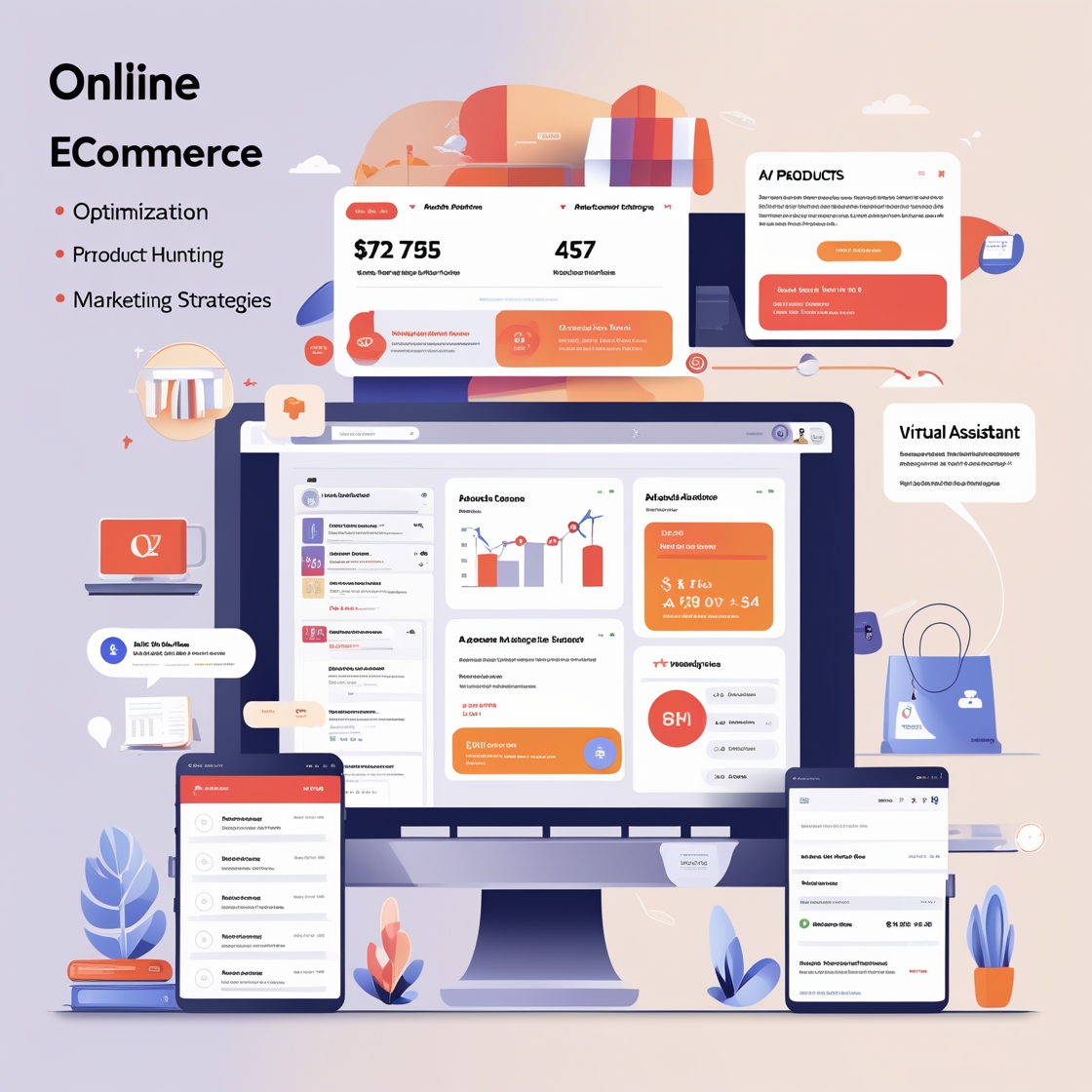Shopify has become one of the leading platforms for building and managing eCommerce stores. Whether you’re launching a new online store or looking to optimize an existing one, Shopify offers a comprehensive set of tools to help you succeed. In this blog, we’ll walk you through the essential strategies for building a profitable Shopify business, covering Shopify Store Creation, Automation, Store Optimization, Product Hunting, and Marketing.
1. Shopify Store Creation: Building a Strong Foundation
Overview:
Creating a Shopify store is the first step in your journey to eCommerce success. A well-organized and professional store ensures that customers have a seamless shopping experience, which is key to converting visits into sales.
How to Create Your Shopify Store:
- Sign Up for Shopify: First, you need to create a Shopify account. You can choose between a trial period or a paid plan depending on your needs.
- Choose a Theme: Shopify offers a wide range of themes that are customizable. Choose a theme that aligns with your brand’s personality and target audience.
- Add Your Products: Begin adding your products by including high-quality images, detailed descriptions, and clear pricing information.
- Set Up Payment Gateways: Shopify integrates with various payment providers like Stripe and PayPal, allowing you to accept payments globally.
Benefits of Store Creation:
- User-Friendly Interface: Shopify’s easy-to-use dashboard ensures that you can manage your store effectively, even without technical expertise.
- Professional Look: A professional store design builds customer trust and enhances the shopping experience.
- Customizability: Shopify’s themes and apps allow you to fully customize your store based on your business needs.
2. Shopify Automation: Streamlining Your Operations
Overview:
Running an eCommerce store involves various tasks that can be time-consuming. Shopify automation tools allow you to automate repetitive tasks, save time, and focus on growing your business.
How Shopify Automation Helps:
- Order Fulfillment: Automate the process of order confirmations, invoicing, and shipping. Shopify can sync with third-party fulfillment services to manage your logistics.
- Email Marketing: Use Shopify’s integrated email marketing tools to automatically send personalized emails to customers, such as cart abandonment reminders or promotional offers.
- Inventory Management: Shopify allows you to automate stock management, so you never run out of products or overstock.
Benefits of Shopify Automation:
- Time Savings: By automating repetitive tasks like emails, order processing, and inventory updates, you can save valuable time.
- Improved Accuracy: Automation reduces human error in tasks like inventory tracking and order fulfillment.
- Scalability: Automation allows you to scale your business without needing to hire additional staff or perform manual work.
3. Shopify Store Optimization: Improving Performance for Higher Conversions
Overview:
Optimizing your Shopify store ensures that it operates efficiently and provides the best possible experience for your customers. Optimization increases site speed, improves mobile responsiveness, and ensures better SEO performance.
How to Optimize Your Shopify Store:
- Speed Optimization: Use Shopify’s built-in tools and apps like PageSpeed Insights to improve page load times. Faster websites lead to better conversion rates and improved user experience.
- Mobile Optimization: Ensure that your Shopify store is fully responsive, as a significant amount of traffic comes from mobile devices.
- SEO Optimization: Shopify makes it easy to optimize your store for search engines. Ensure that product descriptions, meta tags, and titles are optimized for SEO.
- Clear Navigation: Simplify your website navigation to help customers find products quickly. Use categories, filters, and a search bar for easy browsing.
Benefits of Store Optimization:
- Better User Experience: A fast, responsive website ensures a better shopping experience, leading to higher customer satisfaction.
- Increased Conversion Rates: Optimizing your store’s speed and user interface improves conversion rates, turning visitors into paying customers.
- SEO Benefits: SEO optimization boosts your store’s visibility, making it easier for customers to find your products through search engines.
4. Shopify Store Product Hunting: Finding the Right Products to Sell
Overview:
Product hunting is a crucial part of your Shopify journey. By finding profitable products with high demand and low competition, you can ensure that your store has the best chance of success.
How to Find Profitable Products:
- Use Product Research Tools: Leverage tools like Oberlo, Spocket, and AliExpress to identify trending products and niches.
- Monitor Competitors: Study your competitors to see what they’re selling successfully, and find ways to differentiate your product offerings.
- Check Marketplaces: Look for products on Amazon, eBay, and other marketplaces to find what’s trending and in-demand.
Benefits of Product Hunting:
- Increased Sales: By selecting trending products that meet customer needs, you increase your chances of making sales.
- Lower Competition: Choosing niche products can help you stand out from the competition.
- Long-Term Growth: Identifying profitable products with good margins ensures sustainable growth for your Shopify store.
5. Shopify Store Marketing: Driving Traffic and Sales
Overview:
Marketing your Shopify store is essential for driving traffic, building your customer base, and boosting sales. There are various strategies you can implement to promote your store effectively.
How to Market Your Shopify Store:
- Social Media Marketing: Leverage platforms like Instagram, Facebook, and TikTok to create engaging content that resonates with your audience. Paid ads on these platforms can also help you reach a broader audience.
- Influencer Marketing: Collaborate with influencers who align with your brand to promote your products to their followers.
- SEO and Content Marketing: Use SEO strategies to improve your organic search rankings. Blogging, creating guides, and sharing videos can all contribute to attracting organic traffic.
- Paid Advertising: Use Google Ads and Facebook Ads to target specific customer demographics, driving traffic to your store and boosting conversions.
Benefits of Shopify Store Marketing:
- Increased Visibility: Effective marketing strategies help increase your brand’s visibility and awareness.
- Customer Acquisition: By targeting the right audience, you attract potential customers and convert them into buyers.
- Sales Growth: Consistent marketing efforts lead to higher traffic, which translates to increased sales and revenue.
Conclusion
Building a successful Shopify business involves more than just setting up a store. It requires careful attention to store creation, automation, optimization, product hunting, and marketing. By leveraging these strategies, you can create a high-performing store that attracts customers, boosts conversions, and grows your brand.
At AMZ Estore, we use these strategies to create and optimize Shopify stores for our clients, ensuring they have the tools they need to succeed in a competitive eCommerce landscape.







